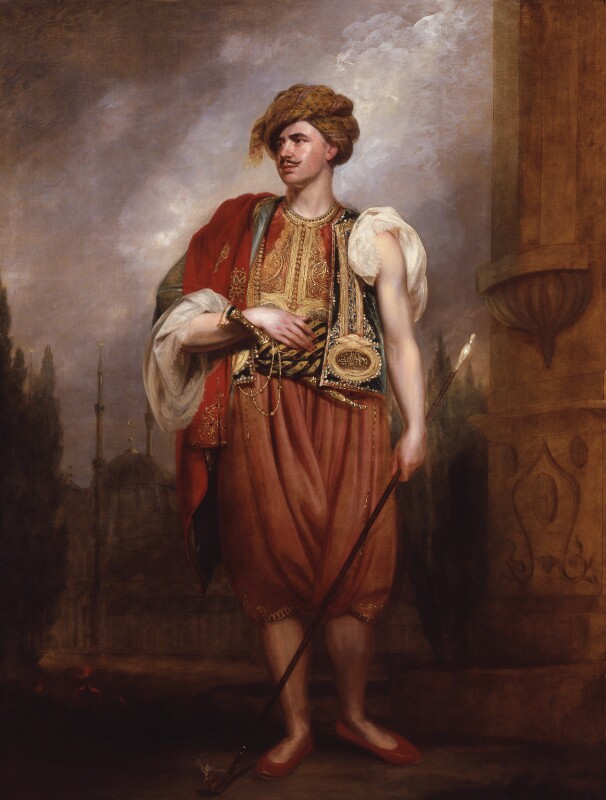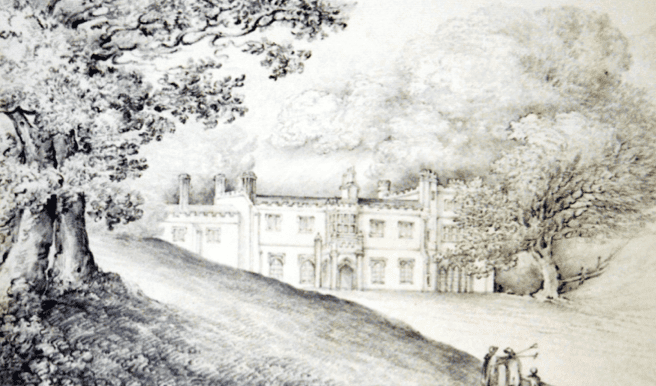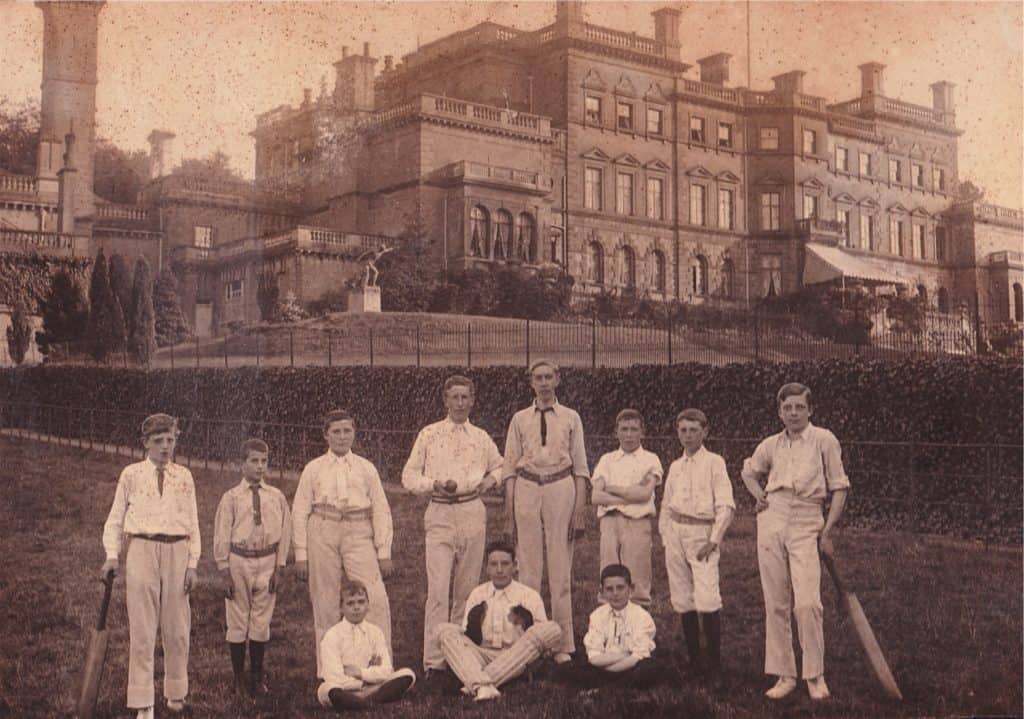
oil on canvas, 1798 NPG 4574
In 1808 Thomas Hope bought the Deepdene. Hope used the Deepdene to showcase his art collections, and interests in connoisseurship and Neo-Classicalism.
Thomas Hope was born in Amsterdam where his Scottish-Dutch banking family was based. The Hopes moved to London when French revolutionary forces occupied the Netherlands. He travelled widely in the study of art.

Hope is interred at the Deepdene in the grade II* listed Mausoleum that he built following the death of his 7 year-old son in 1817. The mausoleum, which has fish-scale fanlights and a stone vaulted roof, was closed in 1941 and later buried up to its pediment. In 1960 Hope’s descendent, the Duke of Newcastle, gave the surrounding ground to Dorking as public open space.
The terrace, with its temple (erected by Hope in 1814 at the highest point of the Deepdene to commemorate his brother’s gift of Chart Park), was purchased in 1943 by the DDPS and given to the people of Dorking.

Reproduced with permission of Surrey History Centre
In 1813, Thomas Hope’s brother, Henry Philip Hope, bought the neighbouring Chart Park and gave it to Thomas who added it to the Deepdene estate. Hope demolished the mansion at Chart Park and re-modelled the Deepdene along classical lines. He added a sculpture gallery and a kitchen/dairy topped with an Italianate loggia (a type of open sided extension often added to large houses). In 1833 the Deepdene was described as the finest Italianate villa in England by J.C Loudon in the Gardener’s Magazine.
Thomas Hope’s contribution to the development of art and architecture in Britain has been widely recognized. The Deepdene became famous as the resort of men of letters and people of fashion.
Thomas Hope’s son, Henry Thomas Hope (1808-1862), undertook further remodeling to the house, creating a sumptuous high renaissance palazzo.

Photo courtesy of Surrey History Centre
He incorporated the Betchworth Castle estate into the Deepdene in 1834, resulting in a land-holding 12 miles in circumference that stretched from Box Hill to Brockham with a private toll road. The castle was partially dismantled by Hope to create a picturesque ruin.

Image Dorking Museum

